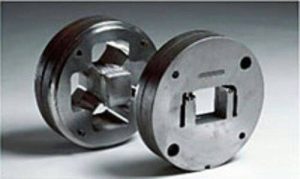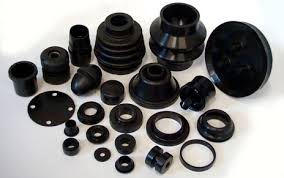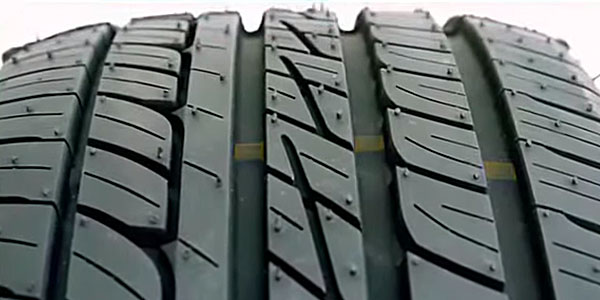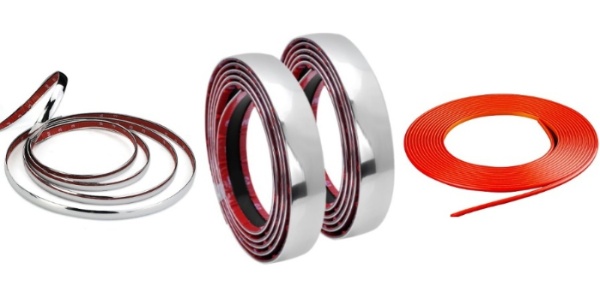Everything You Wanted To Know About Moulded Rubber!

Get To Know About Rubber Gaskets
May 10, 2017
THE TOP RUBBER COMPANIES IN INDIA
April 23, 2018Some Common Types of Rubber Moulds
Moulded rubber or rubber mould, as the name itself implies, is a mould made of rubber! Simple! The manufacturing techniques may vary. The mould structures may also vary. According to these variances, a mould can be divided into four types:
- Pressing die mould
- Die-casting mould
- Injection Mould
- Extrusion Mould
The above four are the most common types of rubber moulds. Besides this, the rubber industry has also come up with some special moulds like rubber dip mould and inflatable mould.
Pressing Die Mould
A pressing die is also called as the general die. It makes use of semi-finished rubber as the main material. The rubber is processed first using a mixing technique of rubber manufacturing. The mixing process helps in blending all the ingredients and rubber in a perfect consistency. It helps in improving the flow and plastic properties of the rubber. Then the semi-finished rubber is placed in the pressing die. Now the pressure is applied to the die, and then it is heated in a machine used for plate vulcanising. Now the die starts to get moulded by the application of heat and pressure. The die has a comparatively simpler structure and is very convenient to operate. Due to its wide application and ease of usage, it is often used for rubber moulding works.
Die Casting Mould
A die casting mould is also called the transfer-type mould. Here also, the main material used is semi-finished rubber or slab rubber. The material is put inside the die casting mould’s cavity. Then pressure is applied by the die casting plug. This pressure helps in squeezing the material used for sizing. A pouring system is then used to vulcanise the sizing material. Now the mould is ready to be moulded. This type of mould is much more unique than the pressing die mould. The mould is also much more complex than the common die mould. The consistency of the mould is also extra good. Hence, in short, this mould is the best choice for complex products made of rubber.
Injection Mould
The injection mould is made up of plastic state sizing material. The sizing material gets vulcanized by using the pouring systems in the injection mould. Next step, the mould begins to get moulded. The structure of the mould is a bit complex. Hence, it is often used to make complex, thick-walled and large sized products. The efficiency of production is also very high in the injection mould. The quality is also way par excellence.
 Extrusion Die Mould
Extrusion Die Mould
The extrusion die mould is also one of the typical types of rubber moulds. The main material used is again semi-finished rubber. When compared to other moulds, this mould’s manufacture is complex. The features of an extrusion die mould is almost same as that of an injection die mould. It maintains a good quality and has great production efficiency levels.
Thermoset Elastomers
Rubber is also known as thermoset elastomers. Rubber is one of the most preferred materials for a wide variety of industrial applications. Rubber has the innate ability to offer both durability and flexibility to its products or applications. Here are the twelve most common types of elastomers:
- Polyisoprene
- Natural Rubber
- Chloroprene (CR, Neoprene)
- Butyl Rubber (Isobutene- isoprene, IIR)
- Fluorocarbon (Viton, FMK)
- Ethylene Propylene Diene (EPDM)
- Nitrile Butadiene (NBR)
- Fluorosilicone (FSI)
- Silicone Rubber (Gum, Liquid and SI)
- Saturated Nitrile (HNBR)
- Styrene Butadiene (SBR)
- Nitrile Butadiene (NBR)
- Urethane (Polyurethane, PU)
Elastomers And Rubbers Used In The Components Of Moulded Rubber
The terms elastomer and rubber is often used in similar situations, and people often misinterpret that they are the same. But they are not the same. The uses and chemical compositions of both are different. Elastomers are often used in industries and are divided into different classes based on their mode of applications like:
- A specialized functional purpose or general purpose?
- Resist Chemicals or resist oils?
- Biocompatible or ease of resisting against both heat and cold?
Elastomers are divided into various groups
General Purpose
The lesser demanding applications or low-cost needs like fixing of bumpers in which the parts never have to get exposed to extreme temperature changes or chemicals, constitute this category.
- Natural Rubber
- EPDM
- Silicone
- SBR
- Polyisoprene
High Performance
This one can be a bit more expensive but is a must for all the high-performance products and applications. It is also a  necessity while operating in severe operating conditions. For instance, the miniature pneumatics, automobile parts, and petroleum processing methods would need the below three or at least one of them as the material:
necessity while operating in severe operating conditions. For instance, the miniature pneumatics, automobile parts, and petroleum processing methods would need the below three or at least one of them as the material:
- FSI
- HNBR
- FKM
Hydrocarbon And Oil Resistant
This one is the best option to resist chemical attacks and swellings without damaging the physical properties of the material. The physical properties remain intact even when it comes in contact with chemicals and hydrocarbons.
- FSI
- FKM
- Urethane
- NBR
- Neoprene
- HNBR
High Temperature
The cost varies from medium to high, and the materials retain their physical properties without any degradation issues. It is often used in equipment’s of nuclear plants and also in the seals which come close to the pressured steam.
- FKM
- EPDM
- Silicone
- FSI
- HNBR
Low Temperature
The cost varies from low to high. It is usually used in conditions where the operating temperatures fall below -110 degree Fahrenheit. It helps in retaining the sealing as well as flexing properties.
- EPDM
- FSI
- Butyl rubber
- FKM
- Silicone
- NBR
- Neoprene
- HNBR
Both the price and performance factors are taken into consideration by the moulding engineers or chemists before choosing the material.
Elastomers Used For General Purpose
Here is a list of the most commonly used five elastomers for meeting the general needs:
- Ethylene Propylene Diene (EPM/ EPDM)
- Natural Rubber
- Polyisoprene
- Styrene Butadiene Rubber (SBR)
- Silicone Rubber (Liquid, gum and SI variants)- Used in low and high-temperature conditions.
Know More About : Get To Know More About Rubber Gaskets


